🏛️ A Warm Welcome to a Sacred Space
You’re standing at the entrance to a magnificent temple. Maybe it’s the golden gleam of a stupa in Luang Prabang, the quiet elegance of a Zen garden in Kyoto, or the ancient stone serenity of Bagan. The air is thick with the sweet, woody scent of incense. The beauty is overwhelming, but so is the quiet mystery.
You find yourself wondering: What are the rules here? How do I act respectfully? What are these incredible statues, intricate symbols, and quiet rituals trying to tell me?
This guide is your key to unlocking that mystery. It’s designed to help you move beyond simple sightseeing to a place of deeper connection and understanding. We will cover both the practical etiquette for visiting Buddhist temples and the rich symbolism hidden in plain sight, turning your visit from a passive observation into a truly meaningful experience.
🙏 What to Know Before You Go: Buddhist Temple Rules & Respect
Navigating a sacred space begins with understanding a few universal principles of respect. These simple guidelines will ensure your presence is a positive one, allowing you to connect more deeply with the environment and the people who worship there.
Do note that some practices may vary by tradition or country.
What to Wear to a Temple: The Golden Rule of Modesty
The most fundamental rule of temple etiquette revolves around modest dressing. This isn’t about fashion; it’s a clear and simple sign of respect for the sanctity of the space and for the resident monastics.
- Cover Up: The universal guideline is to cover your shoulders and knees. This applies to everyone. Avoid tank tops, low-cut shirts, shorts, and short skirts.
- Keep it Simple: You don’t need special clothing. Simple attire like a t-shirt and jeans or long pants is often perfectly acceptable. Some traditions also suggest avoiding overly bright, flashy colors in favor of more subdued tones.
Pro Tip: My go-to travel hack is to always carry a lightweight scarf or sarong in my daypack. It takes up almost no space and can be quickly draped over your shoulders or tied around your waist, making you temple-ready at a moment’s notice.
Entering Sacred Ground: Shoes, Thresholds, and First Impressions
Your respectful conduct begins the moment you arrive at the temple gates.
- Remove Your Shoes: It is a common practice to remove your shoes before entering main prayer halls or other designated sacred buildings. There will be instructions if you need to do this. Look for shoe racks near the entrance (or shoes lined up along the entrance). If you’re uncomfortable being barefoot, it’s perfectly fine to wear socks.
- Mind the Threshold: Many temple doorways have a raised wooden threshold. It’s important to step over this threshold, not on it. In many cultures, the threshold is seen as a spiritual boundary, and stepping on it is considered disrespectful.
How to Behave Inside the Temple: A Guide to Mindful Movement
Once inside, your actions should reflect the calm and contemplative atmosphere of the space.
- Keep Your Voice Low: The temple is a place of worship and meditation. Keep any conversations to a whisper and avoid chit-chat. Of course, asking sincere questions quietly is usually acceptable.
- Walk Clockwise: When walking around a central stupa, Buddha image, or other object of veneration, always do so in a clockwise direction. This practice, known as circumambulation, keeps your right side (the side of respect) toward the sacred object.
- Be Mindful with Photography: Check for signs indicating whether photography is allowed. If it is, never use a flash, as it can damage ancient artwork and disturb worshipers. Most importantly, avoid taking casual, posed, or “fun” selfies with Buddha statues. These images are sacred, and treating them as a simple photo prop is highly disrespectful.
- Point Your Feet Away: In many Buddhist cultures, particularly in Southeast Asia (most applicable for Thailand), the feet are considered the lowest and least sacred part of the body. Therefore, you should never point your feet directly at a Buddha image, an altar, or a monk. When sitting on the floor, tuck your feet underneath you or to the side in a “mermaid” pose.
Interacting with Monks and Nuns
You will likely see monks or nuns during your visit. Interacting with them can be a wonderful experience if done respectfully.
- Show Respect: A simple, gentle bow with your head is a respectful greeting. You can also press your palms together in front of your chest in a prayer-like gesture, known as the añjali mudrā. In some cultures, this bow is seen as honoring the “Buddha nature” within the other person.
- Do Not Touch: This is a crucial point of etiquette. You should not touch a monk or a nun. This is part of their monastic precepts, and some monastics refrain from any physical contact with the opposite sex. While monks are often friendly, remember they are not tourist guides.
A Guide to Common Offerings and Their Meanings
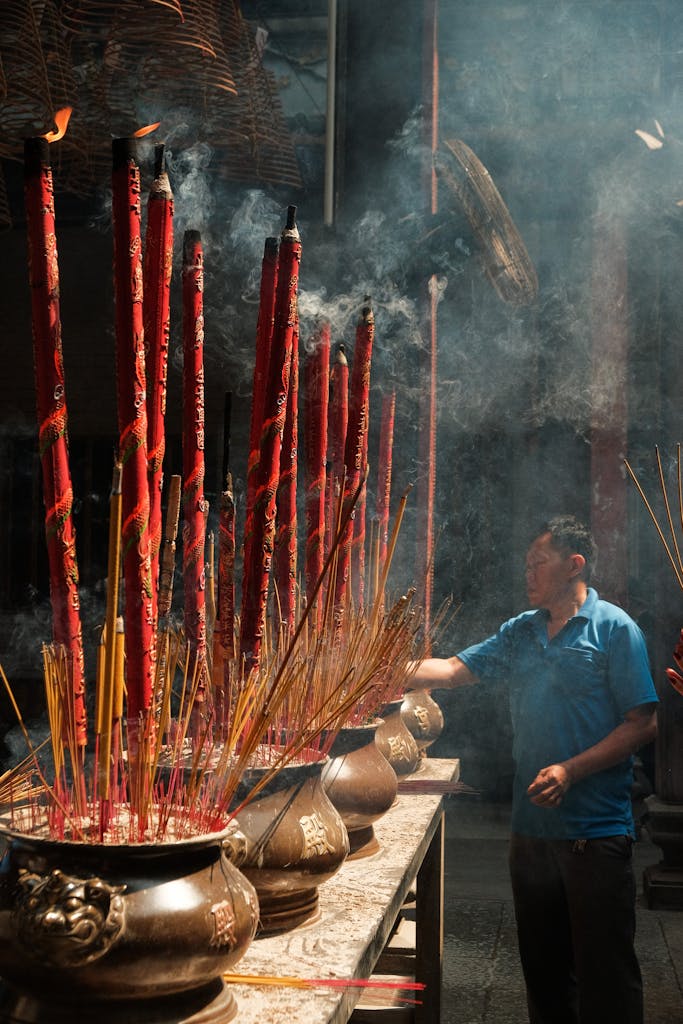
One of the most visible and beautiful aspects of temple life is the practice of making offerings. Far more than just a ritual, this act is a profound expression of core Buddhist values like generosity, devotion, and mindfulness. For lay followers, it is also a primary way to cultivate good karma, or merit, which is believed to lead to positive outcomes and better rebirths.
Here are some of the most common offerings you’ll see and the rich symbolism they carry.
The Offering of Light: Candles and Butter Lamps
You will almost always see the soft glow of candles or lamps near an altar. This offering of light is deeply symbolic.
- What it Symbolizes: Light represents wisdom and enlightenment, a powerful force that dispels the darkness of ignorance. Just as a single flame can illuminate a dark room, the Buddha’s teachings can illuminate the mind.
- How You’ll See It: During festivals like Wesak (which celebrates the Buddha’s birth, enlightenment, and passing), temples and homes are often beautifully decorated with candles and paper lanterns. In Tibetan Buddhism, you will see rows of butter lamps, small copper bowls filled with ghee or oil, whose light is believed to dispel both physical and mental darkness.
The Offering of Scent: The Meaning of Incense
The sweet, woody fragrance of incense is the signature scent of most Buddhist temples.
- What it Symbolizes: In some traditions, like those in Japan, the pure scent of incense is considered “food for the Buddha.” In traditional Chinese religion, a practice that predates and is shared with Buddhism, the rising smoke was seen as a bridge connecting the human world to the spirit world. It purifies the air and helps to focus the mind for prayer and meditation.
- How You’ll See It: Devotees will light a stick of incense, hold it between their palms in a moment of prayer, bow, and then place it upright in a large censer filled with sand or ash.
The Offering of Beauty: Flowers and Impermanence
Fresh, beautiful flowers are a very common offering, often placed in vases on the altar.
- What it Symbolizes: Flowers represent beauty and, most importantly, the concept of impermanence. Just as a beautiful blossom will eventually wilt and decay, all conditioned things in life are transient. This serves as a powerful reminder to practice mindfulness and cherish the present moment. The lotus flower is especially significant, symbolizing purity and awakening, as it rises unstained from the muddy water.
- How You’ll See It: You’ll see fresh lotuses, jasmine, and other local flowers delicately arranged on and around the altar.
The Offering of Sustenance: Food and Water
Offerings of food and water acknowledge the basic necessities of life and express generosity.
- What it Symbolizes: Offering food is a direct practice of dāna (giving). Water, which is essential for all life, is seen as a pure offering symbolizing clarity and calmness.
- How You’ll See It: You might see plates of fresh fruit, bread, or small bowls of tea on an altar. In Tibetan Buddhism, you will often see a row of seven bowls filled with water, a symbolic daily offering. You will also witness this generosity in the morning alms rounds, where laypeople offer food to monks for their daily meal.
How to Make an Offering Respectfully
If you are keen to participate, here is a simple and respectful way to do so as a visitor.
- Observe First. Watch how the locals perform the ritual before you try it yourself. Notice where they stand, how they bow, and where they place the offering.
- Use Provided Materials. Many larger temples will have areas where you can purchase a small bundle of incense, a candle, or a flower for a small donation. This is the easiest and most appropriate way to participate.
- Handle with Care. Remember that these are sacred objects. Handle them with mindfulness and intention, not as a casual tourist activity.
- Place Donations in the Box. If you are making a monetary donation, always place it in the designated donation box. Reiterate: do not hand money directly to a monk or nun.
- The Gesture of Respect. Whether you make an offering or not, a simple, universal gesture of respect is to place your palms together in the añjali mudrā and give a slight, gentle bow toward the main Buddha image. This quiet act of acknowledgment is always appreciated.
🎨 Reading the Art: A Guide to Common Buddhist Symbols Explained
Now that you know how to navigate the space, let’s decode the incredible art and symbolism around you. Buddhist art is a rich visual language, where every detail is packed with meaning. Understanding it is like learning to read the temple’s stories, allowing you to gain a deeper appreciation into your visit
The Heart of the Temple: Understanding the Buddha Statues’ Meaning
Buddhist statues are more than just art; they are powerful, tangible reminders of qualities like wisdom, compassion, and perseverance. Interestingly, the Buddha was not depicted in human form until around the 1st century CE; before that, aniconic symbols like an empty seat or a footprint were used.
The materials used can often give you clues about a statue’s origin and time period. The ancient region of Gandhara (in modern-day Pakistan and Afghanistan) favored stucco, while medieval Nepalese artisans were masters of bronze casting. Stone and bronze are the most durable, which is why so many ancient examples survive today.
A Guide to Buddha Hand Gestures: What Do Mudras Mean?
One of the most fascinating aspects of Buddhist sculpture is the use of symbolic hand gestures, or mudras. Each mudra serves as a visual “seal,” representing a specific moment in the Buddha’s life or a particular state of mind.
Here are a few of the most common ones you’ll see:
- Bhumisparsha Mudra (Earth-Touching): The right hand reaches down to touch the ground, with the left hand resting in the lap. This powerful gesture represents the very moment of the Buddha’s enlightenment, when he called the Earth itself to witness his awakening under the Bodhi tree.
- Dhyana Mudra (Meditation): Both hands rest in the lap, right over left, with the tips of the thumbs lightly touching. This mudra reflects perfect balance, deep concentration, and inner unity. It is the classic gesture of meditation.
- Abhaya Mudra (Fearlessness): The right hand is raised to shoulder height, with the palm facing outward. This is a gesture of protection, reassurance, and blessing. It says, “Do not fear,” and is often seen in depictions of Kuan Yin.
- Varada Mudra (Granting Wishes): The right hand is extended downward, palm open. This is the gesture of charity, compassion, and granting wishes, symbolizing the Buddha’s generosity to all beings. It is often seen in depictions of the Medicine Buddha.
- Dharmachakra Mudra (Turning the Wheel of Dharma): The thumb and index finger of both hands touch to form circles near the chest. This gesture symbolizes the Buddha’s first sermon, when he “turned the wheel of the Dharma” and set his teachings in motion.
Understanding Common Postures (Asanas)
The posture, or asana, of a statue also carries deep meaning.
- Seated: This is the most common posture, usually in the lotus position (also known as the vajra position). It is strongly associated with meditation and the moment of enlightenment. You may also see a relaxed seated posture known as Royal Ease.
- Standing: A standing Buddha can signify a number of things, including the act of teaching the Dharma or blessing his followers after he has achieved enlightenment.
- Reclining: This striking posture depicts the Buddha’s final moments before passing into Parinirvana, the complete cessation of suffering and the cycle of rebirth. It is crucial to understand that this image represents ultimate peace and fulfillment, not the sadness of death. Notice that the Buddha is always lying on his right side, with a serene, composed expression.
Beyond the Buddha: Who Are the Other Figures You’ll See?
Buddhist temples, especially in the Mahayana tradition, are often filled with a rich pantheon of other enlightened beings and protectors.
- Bodhisattvas: These are enlightened beings who have chosen to delay their own nirvana out of great compassion to help all other beings achieve enlightenment. Unlike the simple robes of a Buddha, bodhisattvas are often depicted in princely gowns and elaborate jewelry.
- Avalokiteshvara/Guanyin: The most beloved bodhisattva is Avalokiteshvara, the embodiment of compassion. While male in Indian and Tibetan traditions, this figure is most often depicted as the gentle, female Guan Yin in East Asia, often depicted with her right hand raised in the abhaya mudra. Look for a figure holding a willow branch (to sprinkle the nectar of compassion), a vase, or sometimes a turtle or dragon (symbolizing longevity and wisdom).
- Manjushri: This is the bodhisattva of wisdom, often depicted as a youth to symbolize the freshness of insight. You can identify Manjushri by his powerful attributes: in his right hand, he wields a flaming sword to cut through ignorance, and in his left, he holds a sutra (a sacred text) resting on a lotus flower.
- Guardian Figures (Dharmapālas): At the gates of many temples, you’ll find fierce, muscular figures with wrathful expressions. These are Dharmapālas, or “dharma protectors.” Their aggressive appearance isn’t evil; it symbolizes the immense power and fierce energy required to overcome ignorance, delusion, and obstacles on the spiritual path. In Japan, you’ll often see two such figures known as the Nio kings.
- Examples: Wisdom Kings (Vidyaraja), Celestial Beings (Ten-bu)/Devas, Yakshas and Nagas, certain Integrated Local Deities (eg. Guyan Yu, Hachiman)
- Arhats (or Luohan): These are “spiritually accomplished humans” who have attained liberation. You may see them depicted as statues of the Buddha’s original disciples, often with distinct, individualistic features. In Chinese Buddhism, the Eighteen Arhats (Luohan) are particularly venerated.
A Glossary of Other Common Symbols You Might See

Beyond the statues, the temple is filled with recurring symbols. Here are a few key ones to look for:
- Stupa (or Pagoda): These mound-like or tower-like structures are one of the most important architectural forms in Buddhism. They often contain the relics of enlightened masters and are symbolic of the enlightened mind of the Buddha himself.
- The Dharma Wheel (Dharmachakra): This eight-spoked wheel is one of the oldest Buddhist symbols. The main idea is that the Buddha “turned the wheel,” signifying a great and revolutionary moment in history (his first sermon). It represents the Buddha’s teaching, the Dharma, and the Noble Eightfold Path that leads to enlightenment.
- The Lotus Flower: You will see the lotus everywhere. It is a powerful symbol of purity and enlightenment. Just as the beautiful lotus flower grows from the mud but emerges unstained, so too can the mind achieve enlightenment amidst worldly struggles.
- The Vajra: A key symbol in Tibetan (Vajrayana) Buddhism, the vajra looks like a small, ornate scepter. It represents both the indestructibility of a diamond and the irresistible force of a thunderbolt, symbolizing the absolute, unshakeable nature of enlightenment.
- Bodhi Tree: The Bodhi Tree (bodhirukka) was a ficus where the Buddha reached awakening (bodhi). Offerings to the Buddha were offered to the tree. The Bodhi tree (often paired with an empty seat) thus represents the Buddha himself, as well as liberation and nirvana.
- Animals: Animals are rich with symbolism. The lion represents the Buddha’s royal lineage and the power of his teachings (the “Lion’s Roar”). The elephant symbolizes mental strength and steadfastness. Deer often represent the Buddha’s first disciples who heard his sermon in a deer park.
- Elongated Earlobes: You’ll notice that most Buddha statues have long, stretched earlobes. This is a reminder of his early life as a prince who wore heavy, expensive earrings. The empty lobes symbolize his renunciation of worldly wealth and attachment.
- Prayer Beads (Mala): Used in all Buddhist traditions, these strings of beads (often 108) are used to count mantras or chants, helping to focus the mind during devotional practice.
- Ensō (Zen Circle): In Japanese Zen Buddhism, you may see a simple, hand-drawn circle. This is an ensō, a profound symbol that represents absolute enlightenment, the universe, and the void (mu). It embodies elegance, strength, and simplicity.
❓Frequently Asked Questions (FAQ)
Why do Buddha statues look so different from each other?
The different appearances, seated, standing, reclining, with various hand gestures (mudras), are not of different Buddhas, but represent different moments or aspects of the historical Buddha’s life and teachings. A seated Buddha often represents meditation, a reclining one his final passing (Parinirvana), and a statue with the “fearlessness” gesture represents protection.
Is the Reclining Buddha statue supposed to be dead?
No, and this is a common point of confusion. The Reclining Buddha depicts the moment of parinirvana, which is the Buddha’s final release from the cycle of rebirth. His serene and peaceful expression is meant to convey a state of ultimate bliss and fulfillment, not the sadness associated with death.
Is there a place to purify myself? How do I use it?
In Japanese temples, there is often a purification pavilion called a chozuya. To use it, fill the ladle with water, pour some onto your left hand, then your right hand. Next, pour some water into your left hand from the ladle and rinse your mouth (do not rinse directly from the ladle). Finally, hold the ladle vertically to let the remaining water clean the handle.
What should I do if I’m unsure about the etiquette?
Don’t feel self-conscious; the people at the temple likely know you are new. You can observe what others are doing, but you don’t need to feel pressured to copy them exactly. Just be humble and go with the flow. They will generally inform you about what to do or not to do. Arriving early might give you an opportunity to ask for guidance.
📖 Further Reading
- “Buddha in Art – Wikipedia” – Explores the evolution of Buddhā imagery, from early aniconic forms to seated, standing and reclining Buddhas, including analyses of mudrās and asanas
- “Buddhist Symbolism – Wikipedia” – A comprehensive overview of key Buddhist icons such as the lotus, triratna, vajrāsana and dharmachakra, explaining their significance in art and practice
- “An Expert Guide to Buddhist Sculpture” (Christie’s) – Offers expert tips on identifying and appreciating Buddhist sculptures across styles, materials, and historical periods
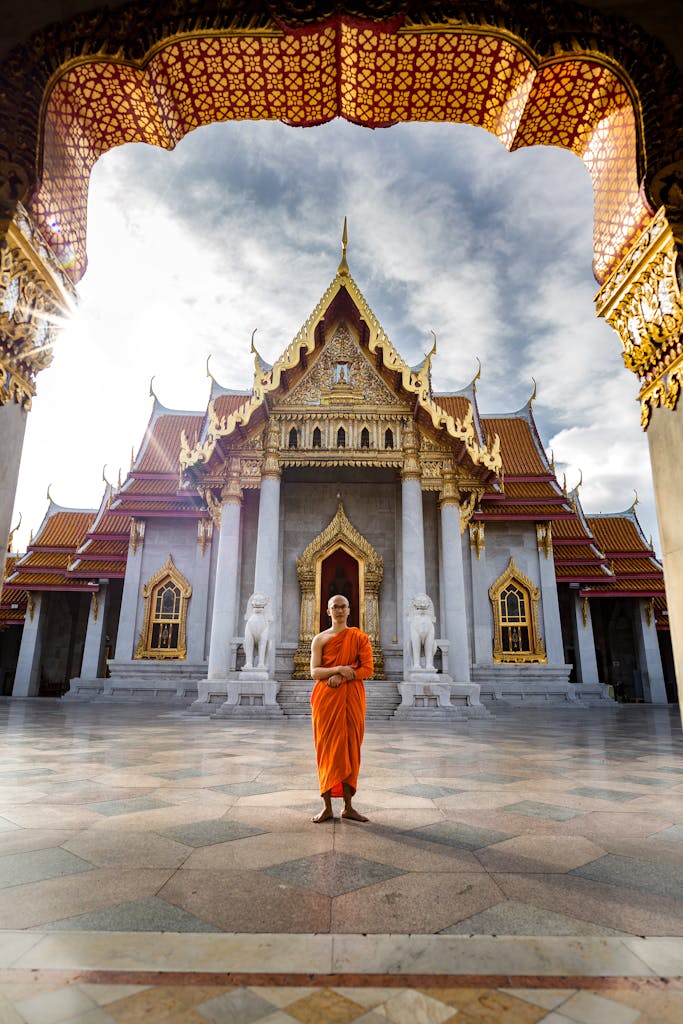
🤔 Your Visit Matters: The Lasting Impact of Respectful Travel
Armed with this knowledge, you are no longer just a lost tourist looking at beautiful things. You are a thoughtful visitor, capable of reading the rich visual language of the temple. You can appreciate the profound meaning behind the art, understand the gestures of the devotees, and move through the sacred space with grace and confidence.
By understanding the meaning behind the beauty, your visit transforms from a simple photo opportunity into a genuine cultural connection. It’s a deeper, more rewarding way to travel, one that enriches both you and the places you have the privilege to visit.
Now that you can read the language of a temple, are you ready to explore the profound ideas that inspired it? Continue to Part 2: The Heart of the Dharma: Essential Buddhist Concepts for Travelers to deepen your journey. Or explore other ways to travel immersively in our detailed guide!
A Note on This Guide: Fostering Cultural Appreciation, Not Religious Promotion
Thank you for reading this guide! It’s important to clarify the intention behind this content.
This guide is created with the sole purpose of providing practical advice and cultural insights to fellow travelers. Our aim is to help you move beyond simple sightseeing, enabling you to understand the rich symbolism, history, and etiquette that underpin these sacred spaces. By offering context, we hope to deepen your appreciation and enrich your travel experience.
It is crucial to understand that this guide is not intended to promote or endorse any specific religion or belief system. Instead, it is a respectful exploration of cultural practices and artistic expressions from a traveler’s perspective.
Acknowledging Nuance & Welcoming Dialogue:
The world is vast and diverse, with practices and interpretations varying significantly across different traditions, regions, and countries. While we strive for accuracy and have conducted thorough research, there may inevitably be nuances, variations, or even unintentional inaccuracies in this overview.
We believe in continuous learning and collective knowledge. If you have deeper insights, corrections, or different perspectives rooted in experience or study, we warmly invite you to share them respectfully in the comments section. Your contributions help make this a better resource for all curious travelers.

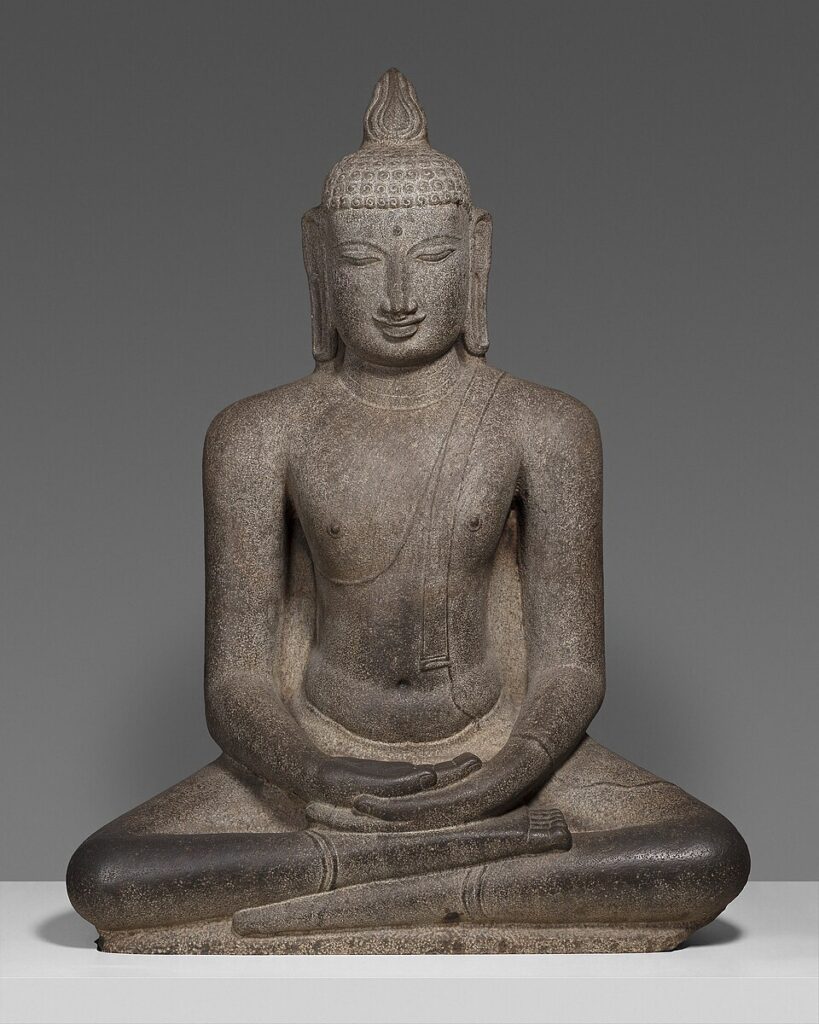

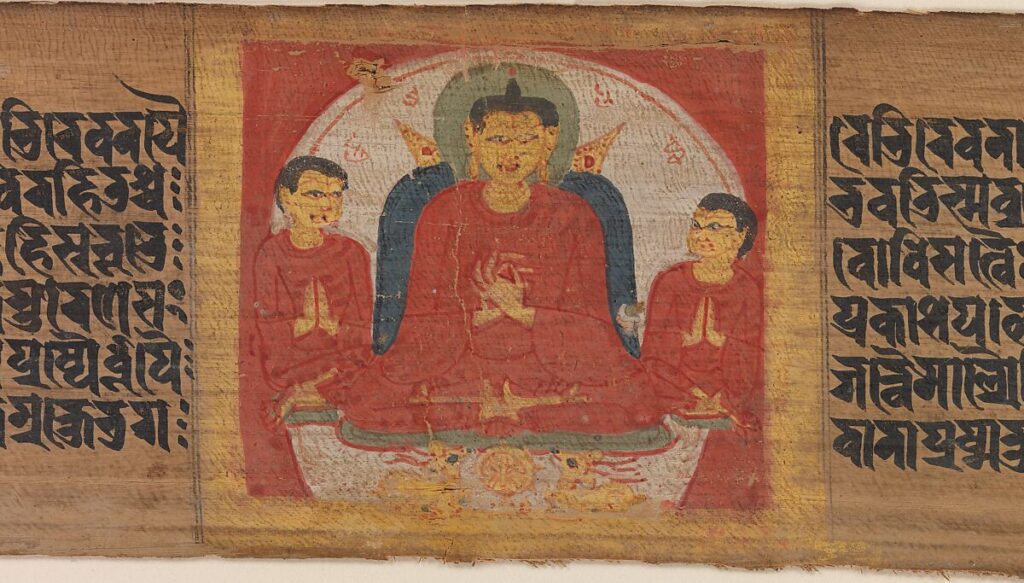
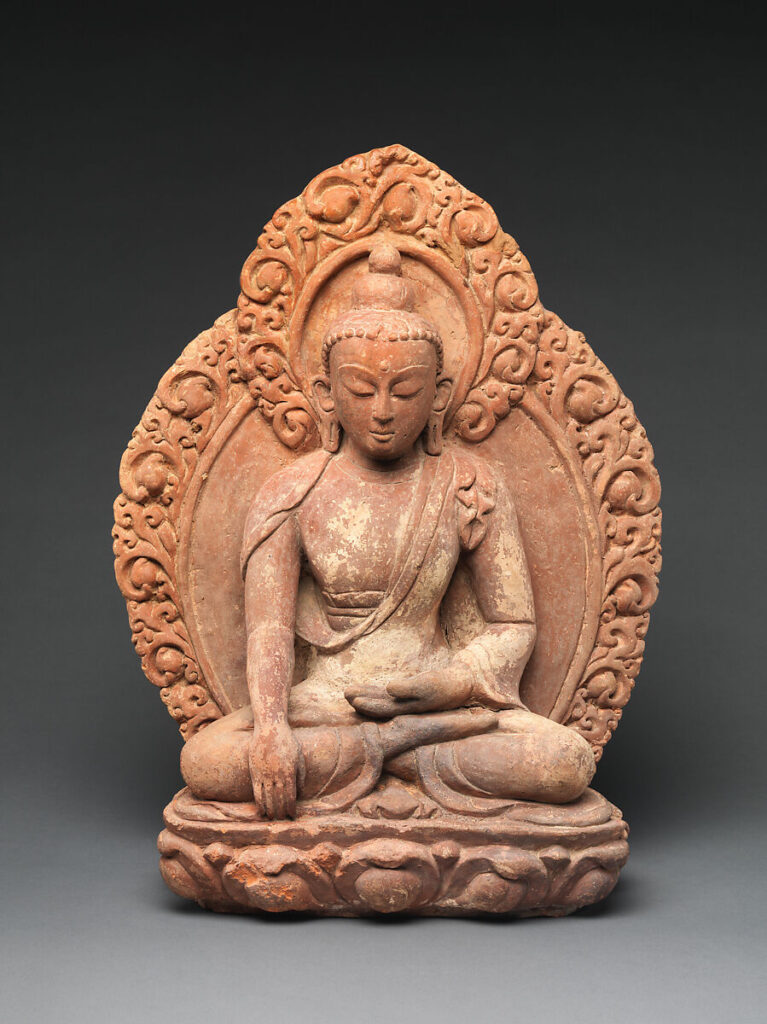
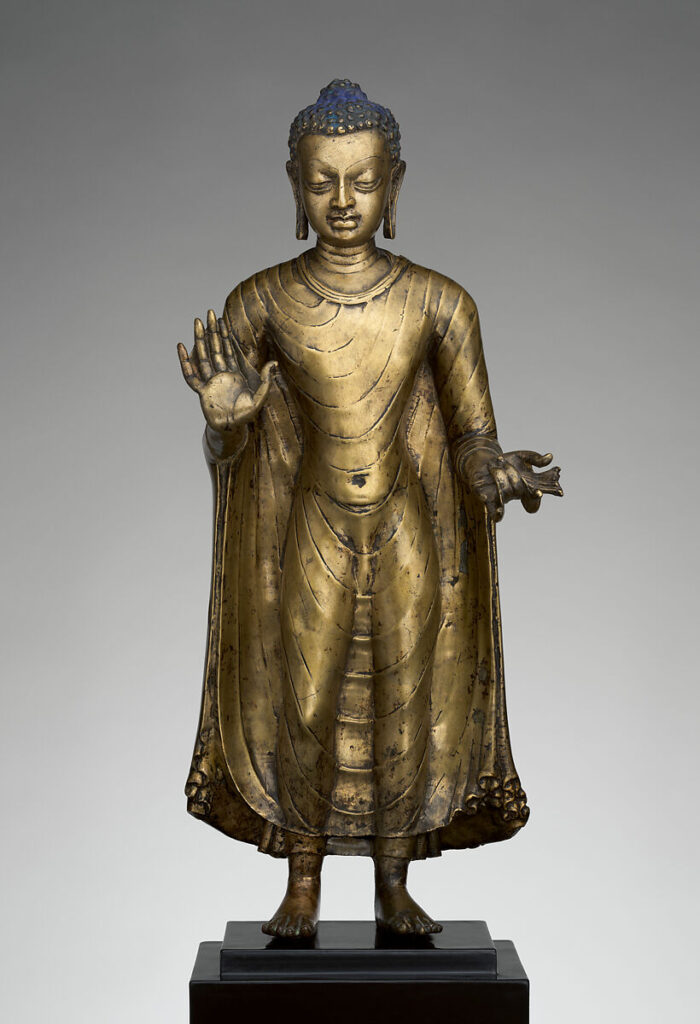
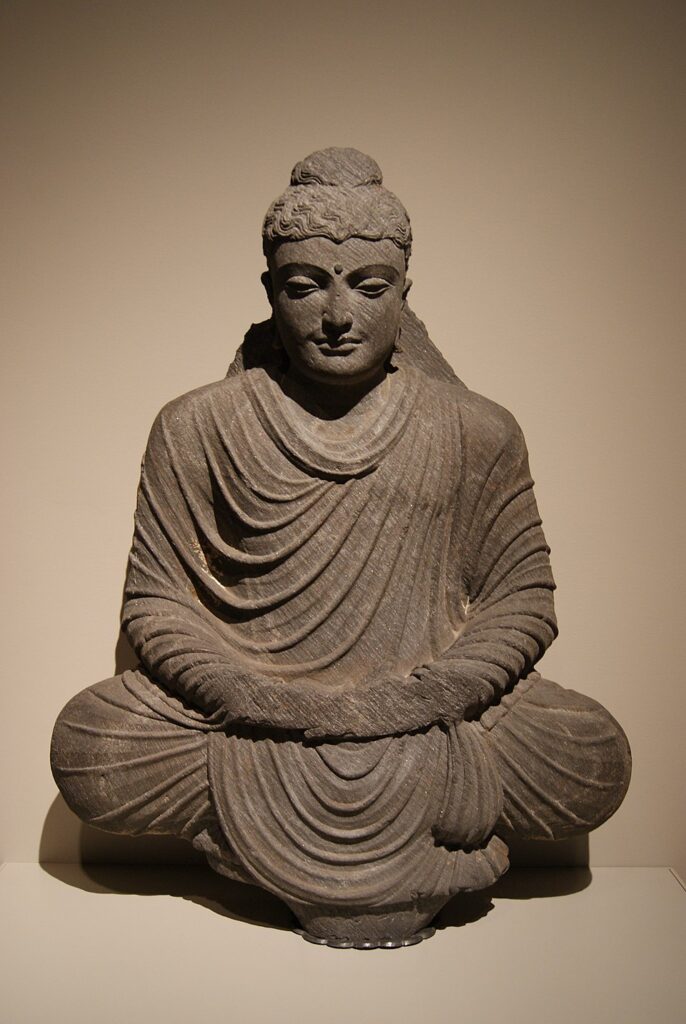
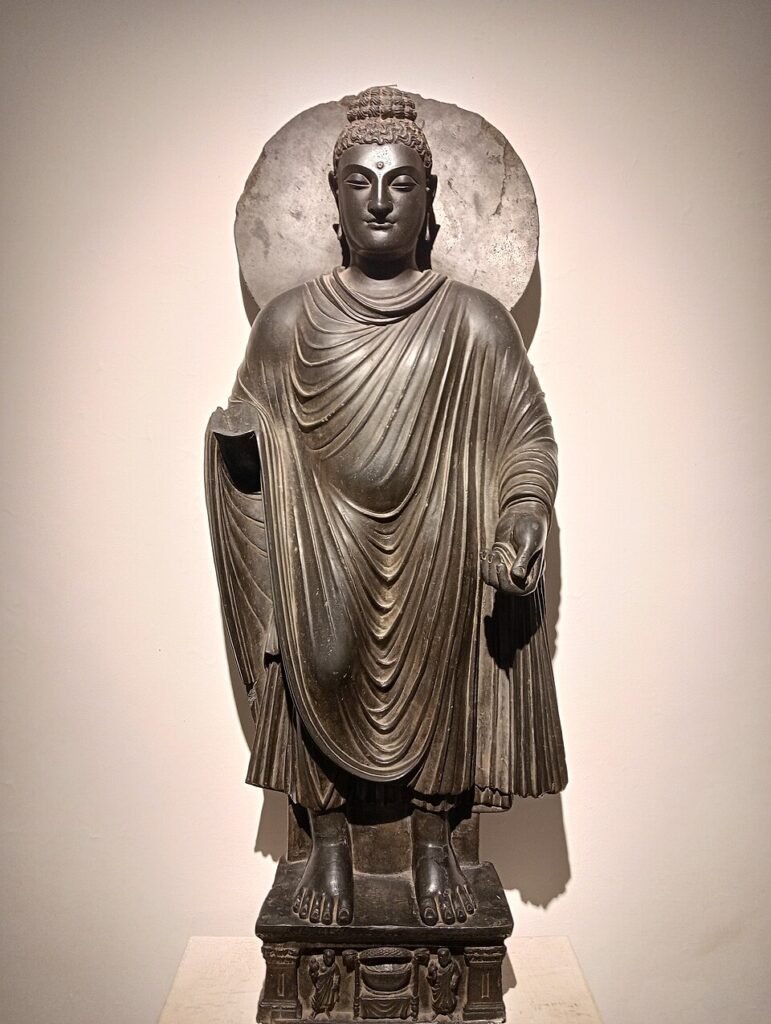
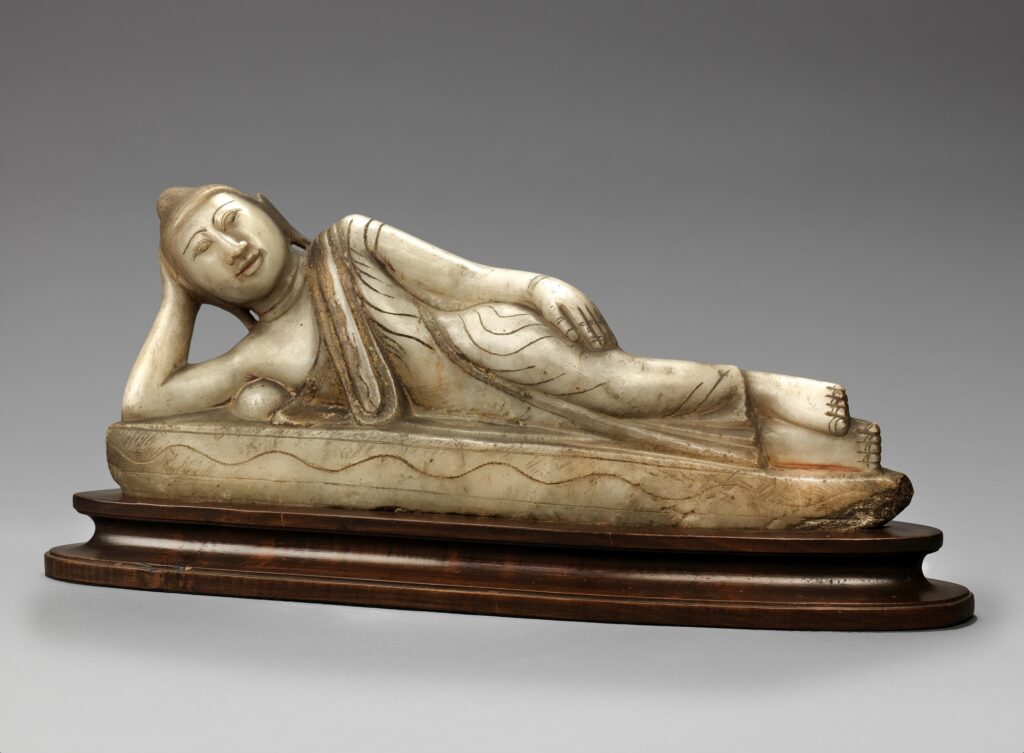
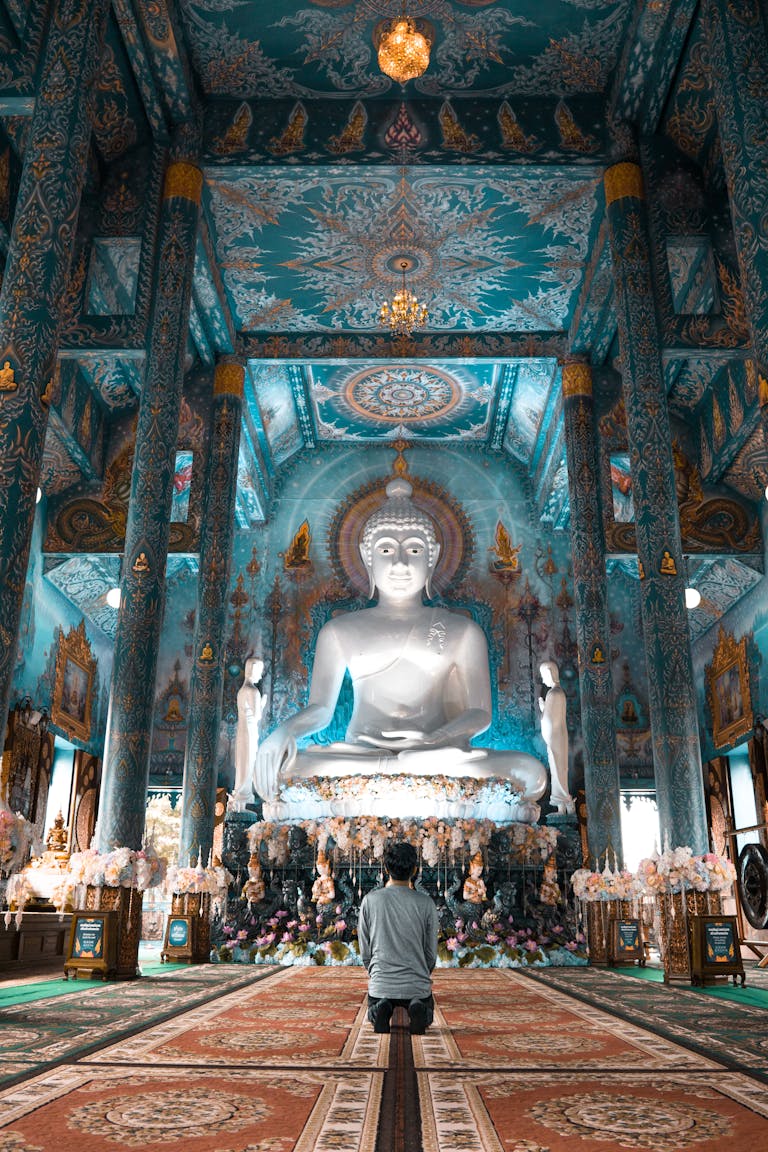
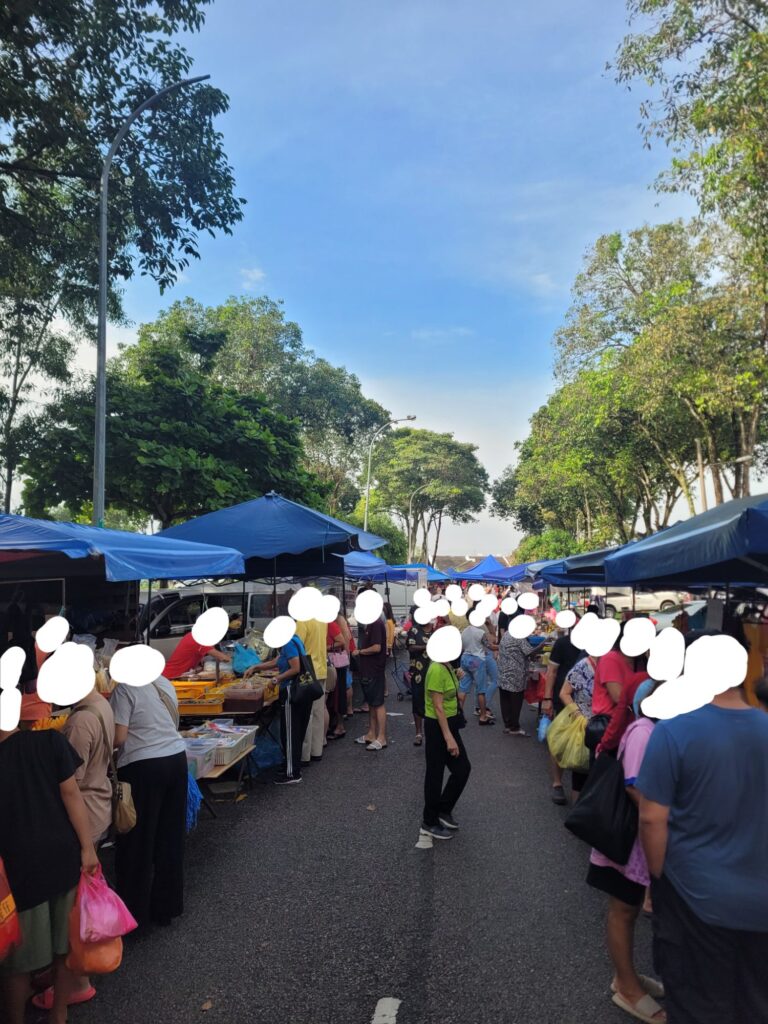
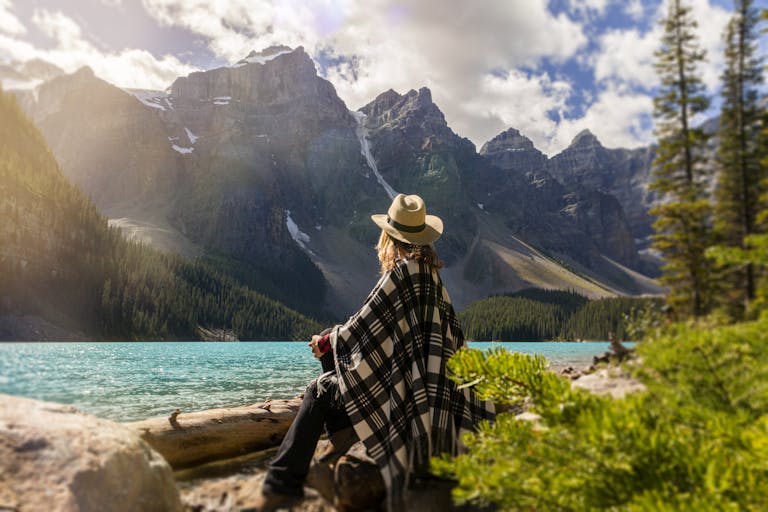
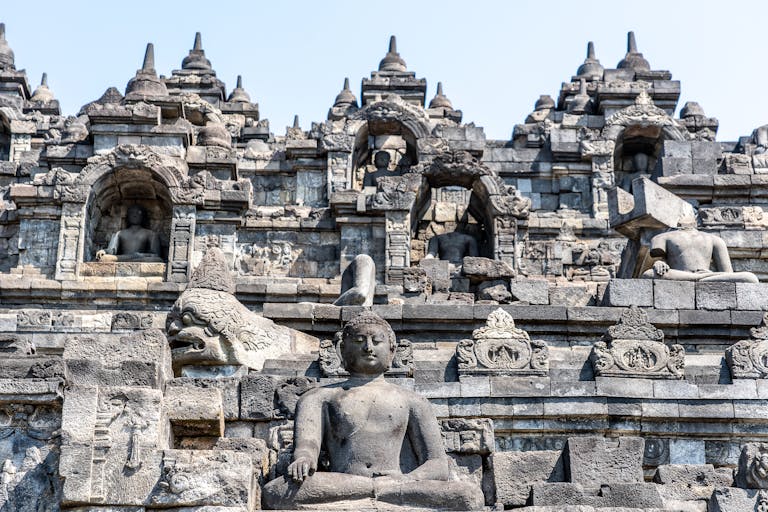

3 Comments